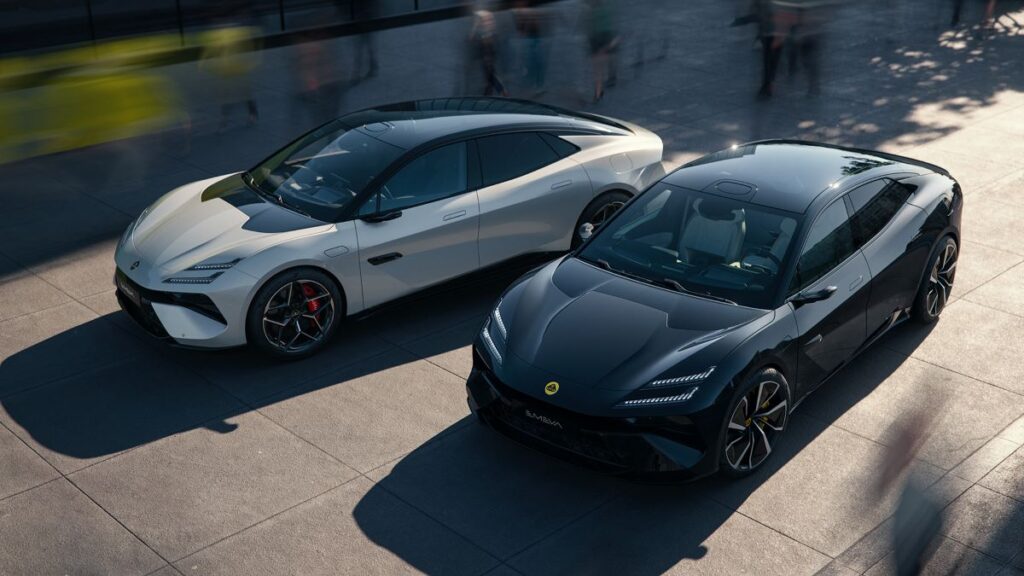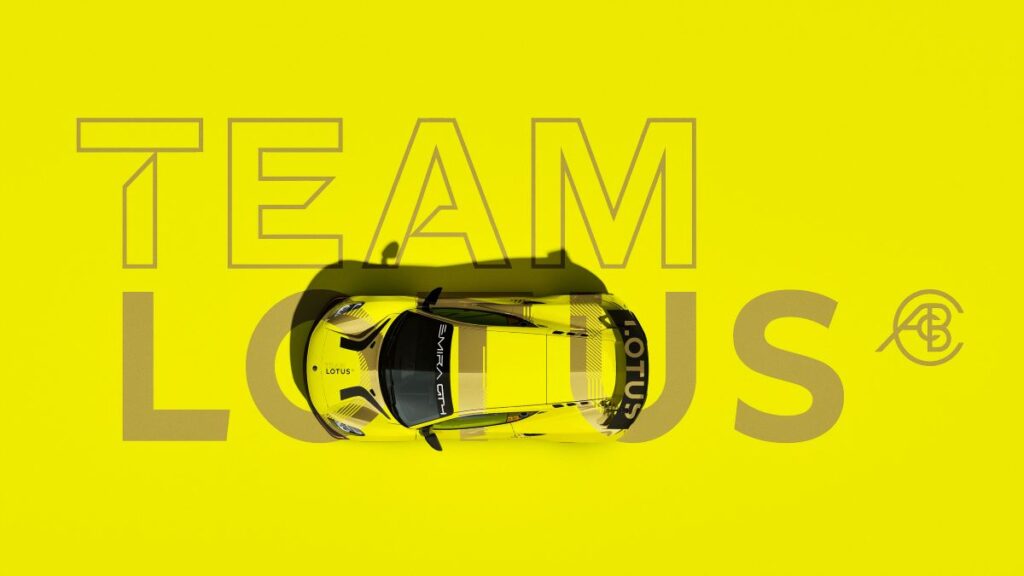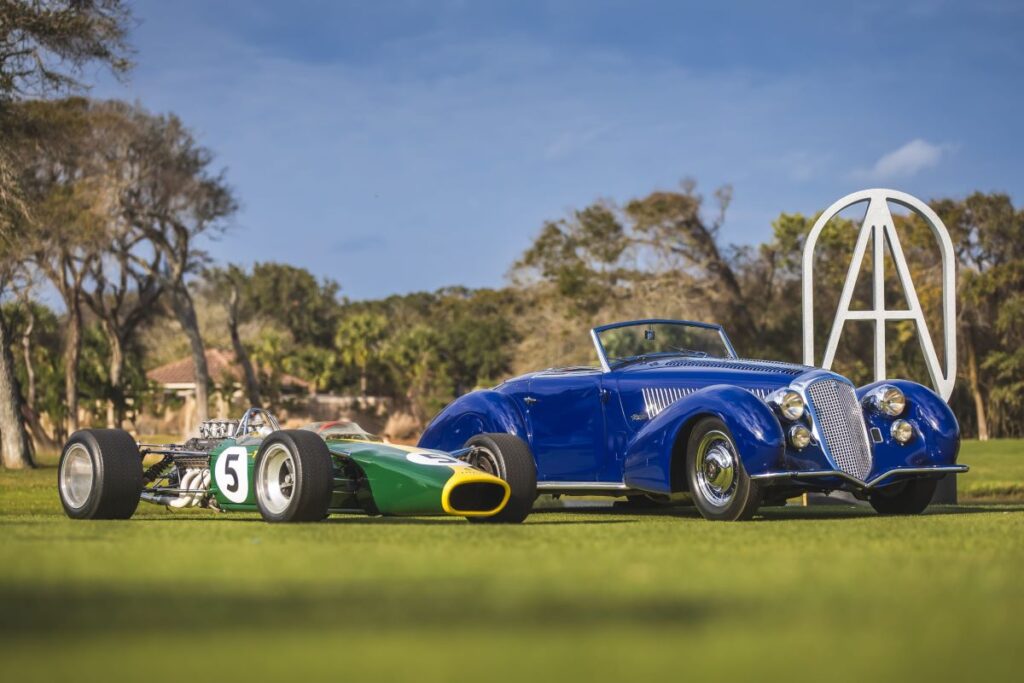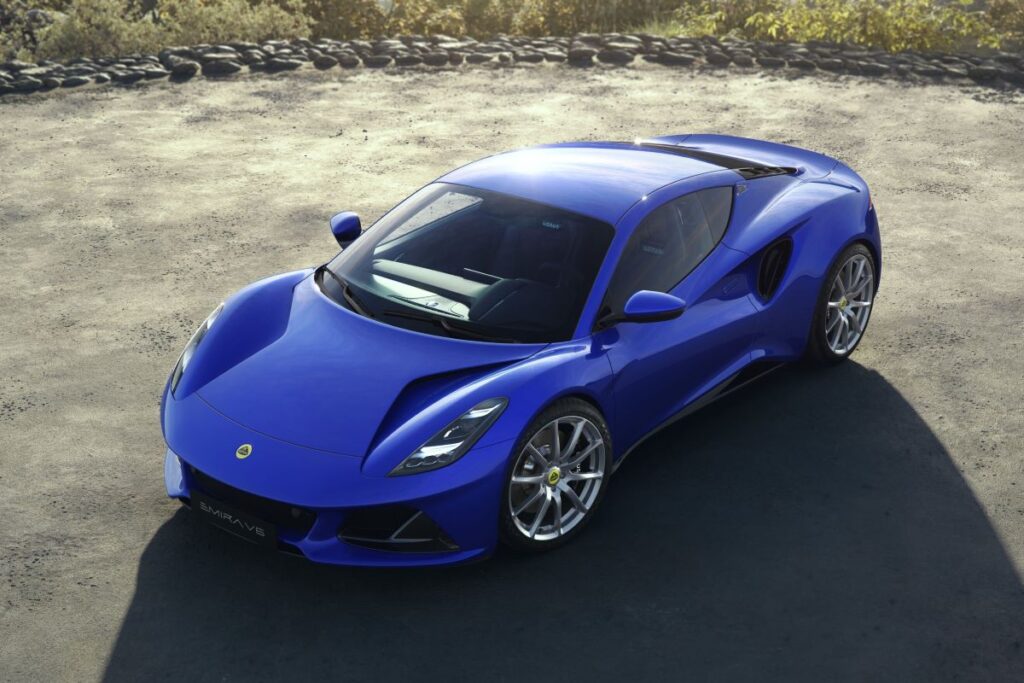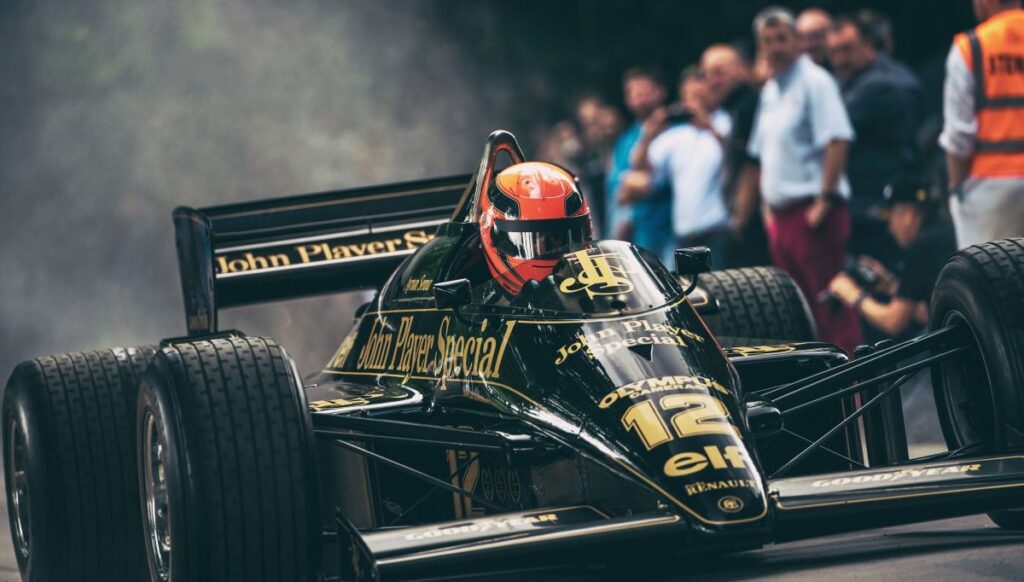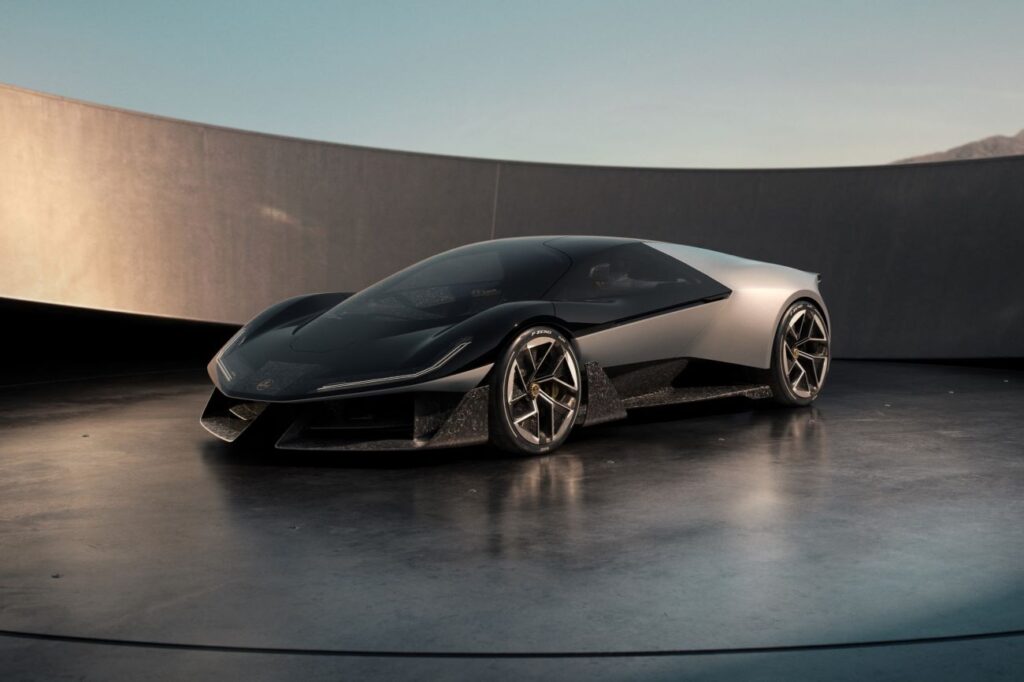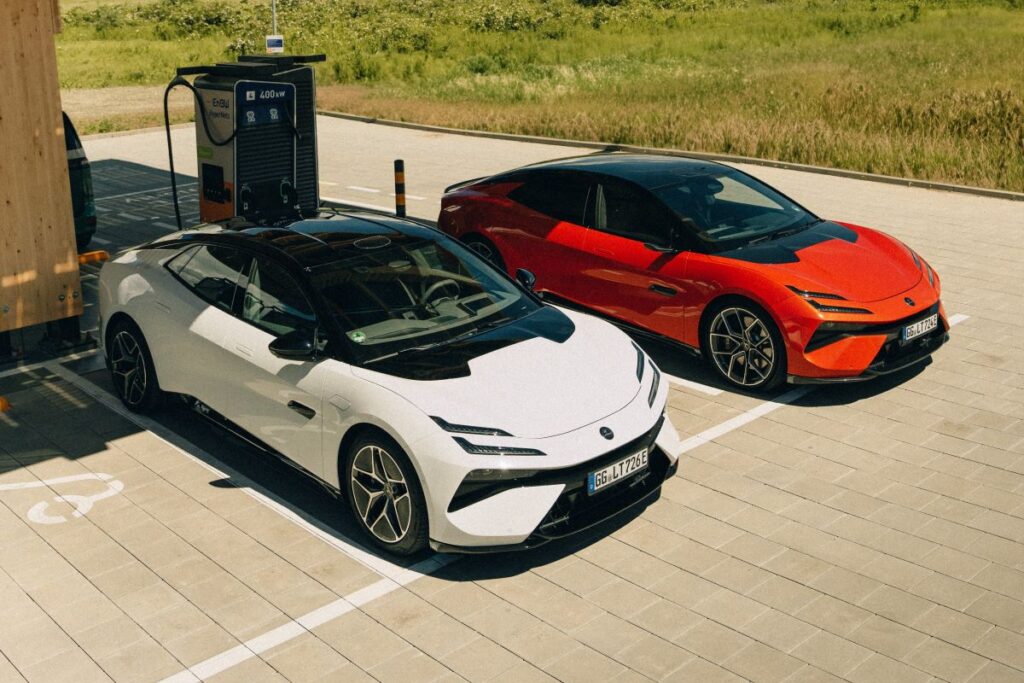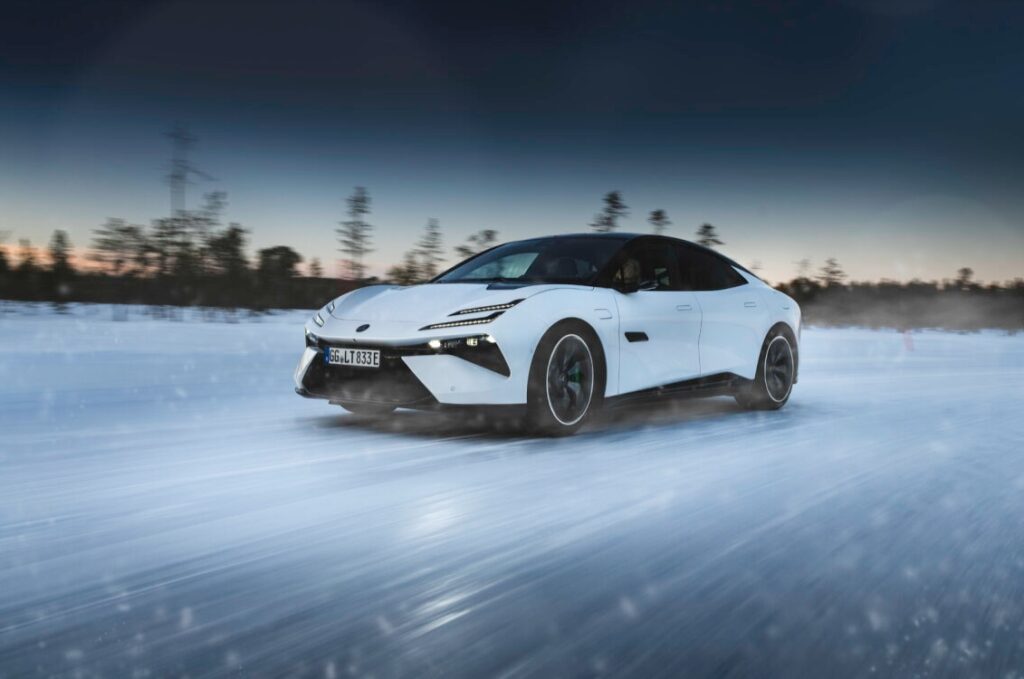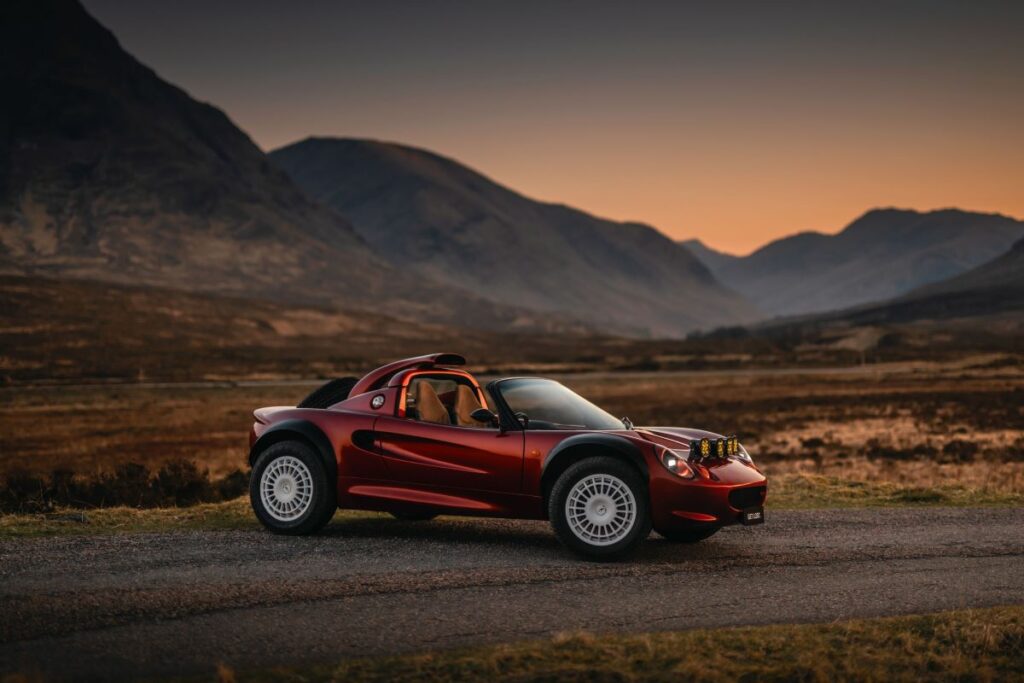
SURREY, U.K. (April 15, 2021) – Get Lost is proud to unveil Project Safari – the first vehicle from the new automotive design and engineering brand. A bold, ground-up reinterpretation of the iconic Elise S1, Project Safari blends rally-inspired capability, road trip practicality, and design-led innovation into a single, uncompromising package. Continue reading
